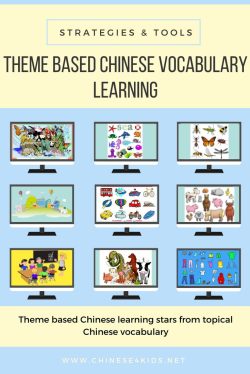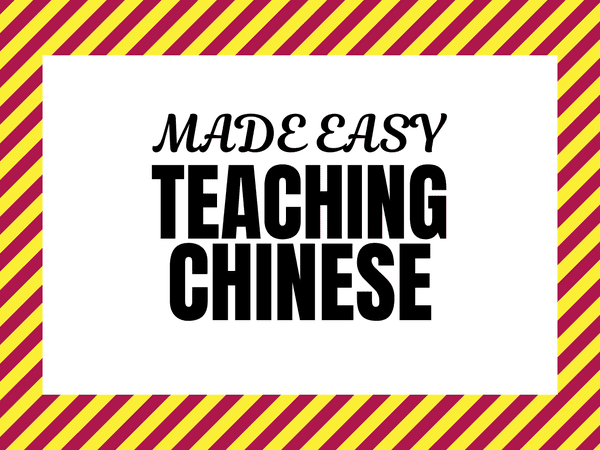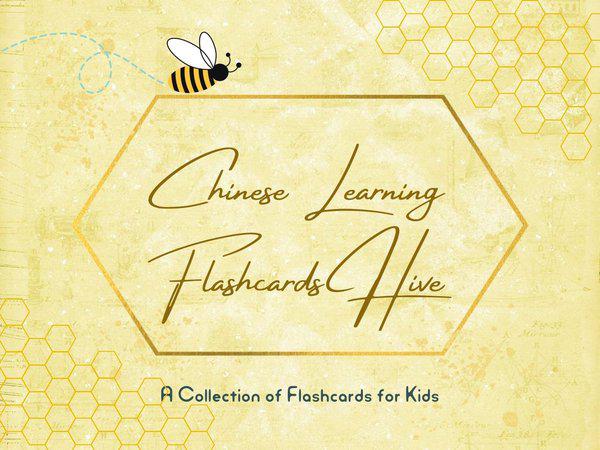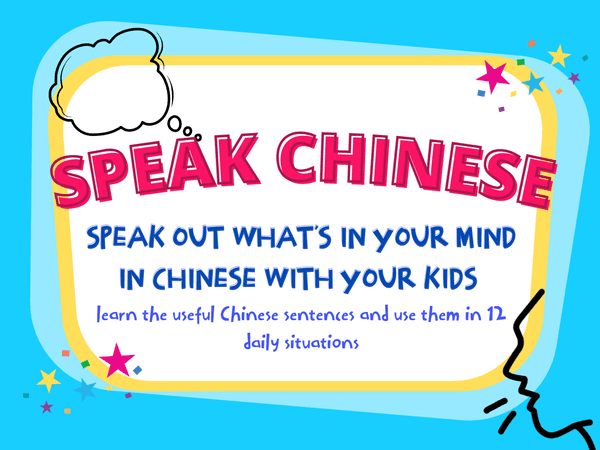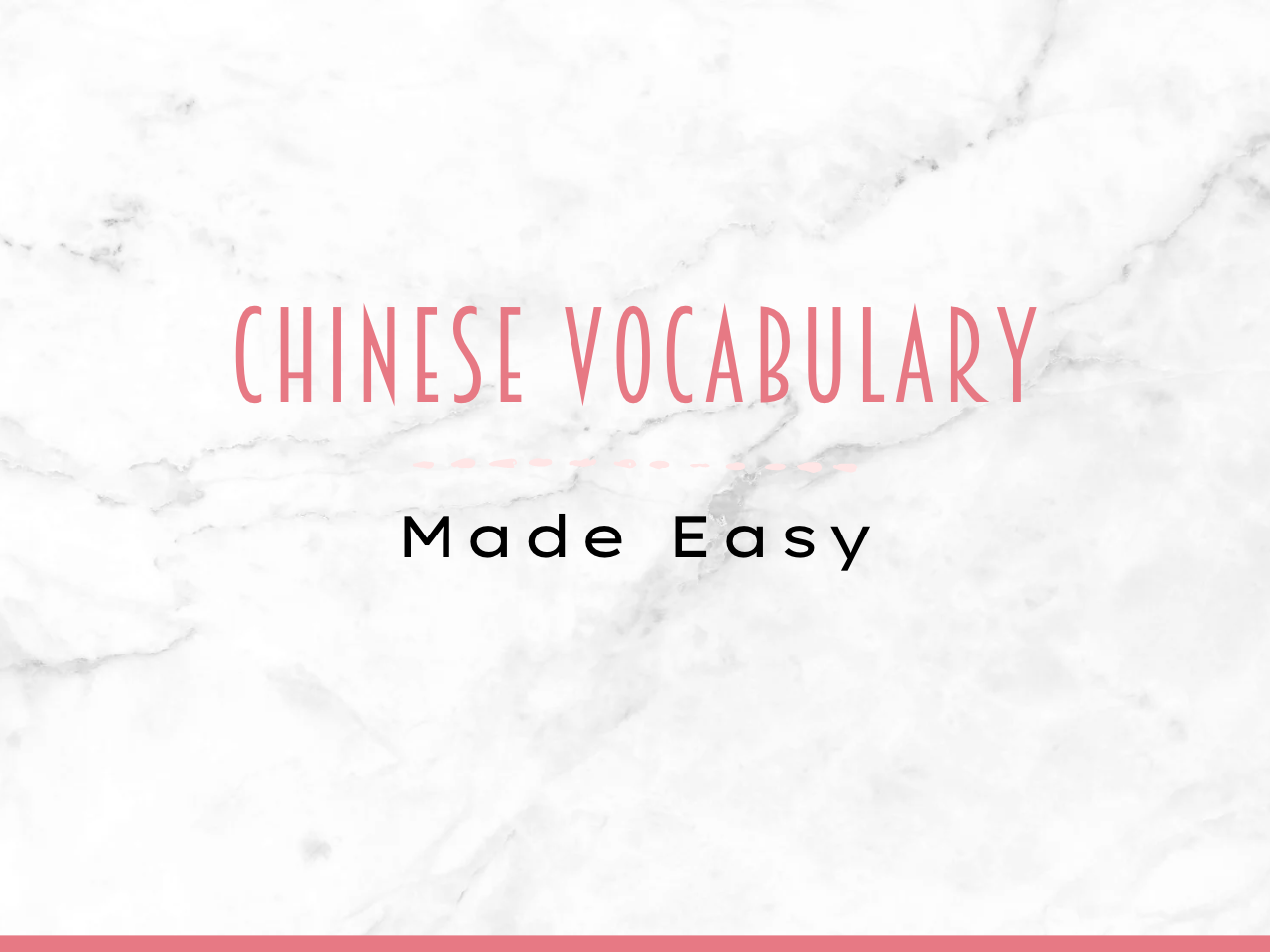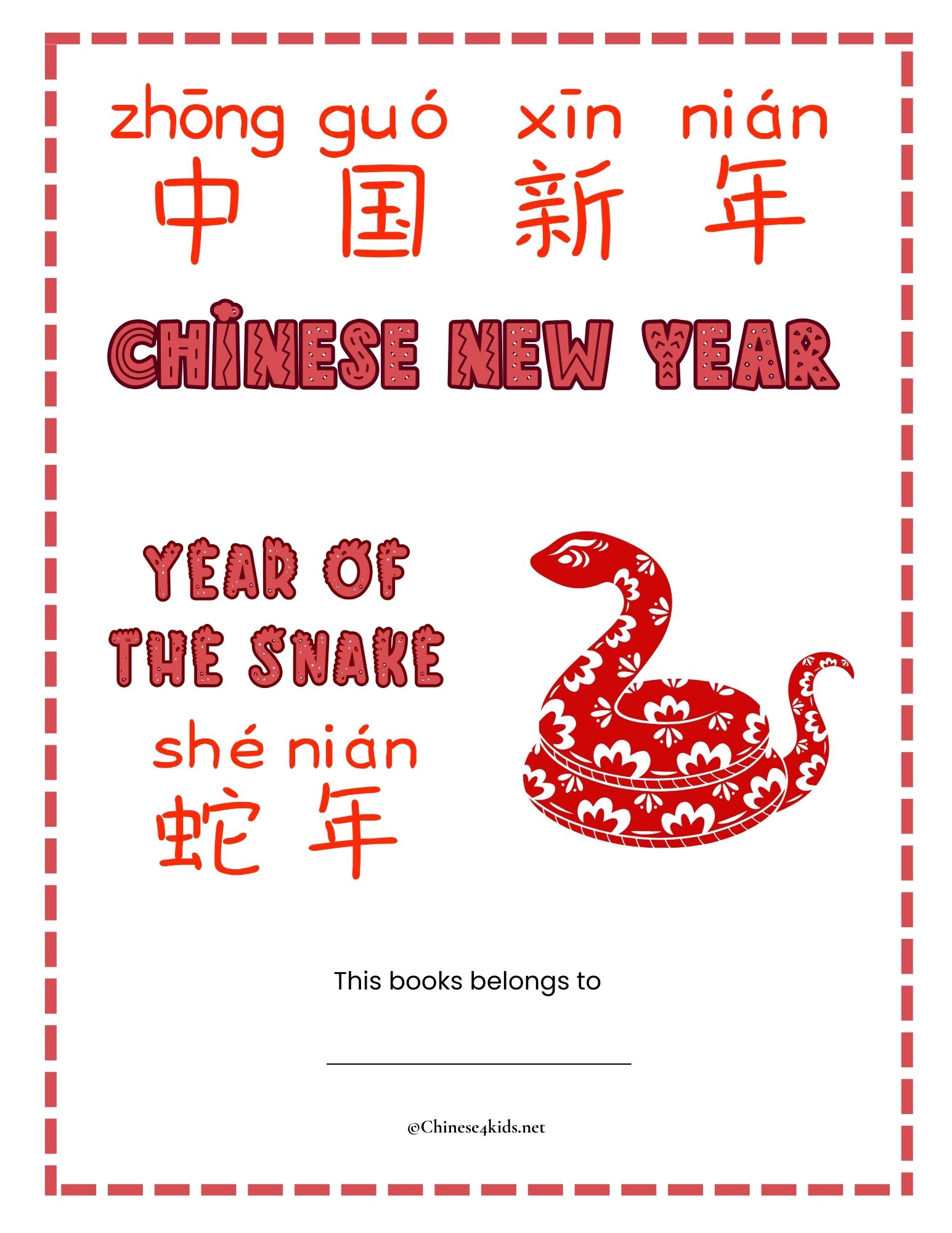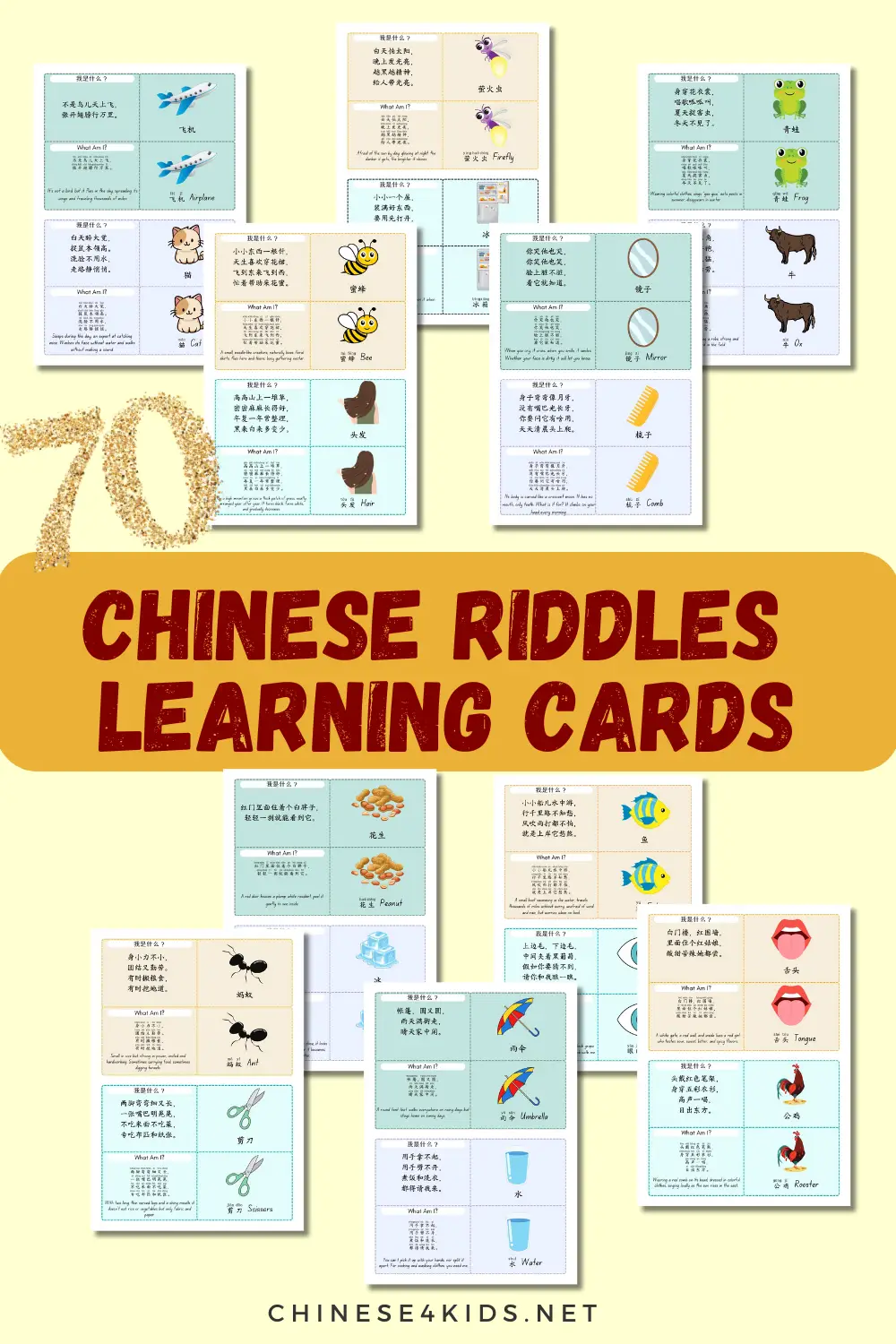
Home » Basic Chinese Vocabulary » Successful Theme Based Chinese Learning Starts from Topic Focused Chinese Vocabulary
Successful Theme Based Chinese Learning Starts from Topic Focused Chinese Vocabulary

Research supports the idea that “learning is an integrated process, a process focused on constructing meaning, and a process largely dependent on the ability to communicate. “(Sandra Rollins Hurley, Ph.D., and Sally Blake, Ph.D.). When we identify the facts and ideas that connect with each other across subjects, we construct meaning. When we learn to communicate the meaning, the learning is reinforced.
Develop Multiple Intelligences in Theme-Based Learning
Theory of multiple intelligences (Gardener 1983/93) states that in addition to the traditional verbal/linguistic and logical/ mathematical intelligence, there are five other types of intelligence: musical, visual/spatial, body/kinesthetics, interpersonal, and intrapersonal intelligences.
As theme-based learning integrates knowledge and skills across different subjects, it incorporates activities that encompass some or all of the multiple intelligences. This does not only make learning more meaningful, but also helps students to reach more of their potential.
Why Theme-Based Learning is Effective for Language Learning
In a theme-based learning, different activities are integrated by their content and different skill areas are incorporated into the theme. In such a way, students can avoid fragmentation and unconnected knowledge. One important advantage of theme-based learning is the fact that new vocabulary can be learned easily, since the theme provides a meaningful context for understanding.
On the other hand, introducing vocabulary around a topic helps further exploration of the theme. During the investigation and learning, new vocabulary will be added to the base and therefore creates a wider and deeper understanding.
How Can We Choose Themes
When we make the choice, we should capitalise on children’s interest and life experience so to create a sense of purpose. Topics like animals, clothing, schools, belongs etc are great for kids to learn as they can sparkle discussion and curiosity.
Theme Based Chinese Vocabulary Learning
Theme-based learning has been proven to be very effective in foreign language learning. It also applies to Chinese learning. For any topic, an introduction to the topical vocabulary is the first step. They serve as a basis for further inquiry and language development.
To learn the vocabulary, it is better to incorporate activities tackling the multiple intelligences. For example, visual aids, hearing and reading aloud exercise, movement, games and so on are all good to use.
Theme Chinese Vocabulary Learning Packs
As we want to promote Chinese learning around themes, we’ve created a series of Theme Vocabulary Learning Packs. The themes include the following:
- School Subjects
- School Objects
- Farm Animals
- Insects
- Zoo Animals
- Sea Life Creatures
- Food
- Transports
- Seasonal Clothing
- Community
- Smiley Emoji
- Chinese Zodiac Animals
In each pack, there are 6 files, catering to different learning points and intelligences:
- 1-sided Flash Cards
- 2-sided Flash Cards
- Word Wall
- Vocabulary Quiz Worksheet
- Video
- Audio
We have a bundle which includes all the 12 themes that can be a great resources to implement theme-based Chinese learning.

If you like this post, PIN IT!

You May Also Be Interested:
- Chinese4kids Membership – a portal for busy Chinese teachers and parents
- Chinese learning flashcards Hive – a flashcards library that with regular additions of new quality Chinese learning flashcards
- Chinese learning worksheets collection – Also a part of Chinese4kids membership, this collection is for teachers and parents who want to have access to engaging worksheets and activity sheets created for kids learning Mandarin Chinese as an additional language
- Speak Chinese with Kids Course
- Chinese Vocabulary Made Easy Course
Recent Posts
Join Our Membership
Enroll to A Course
Buy An eBOOK
Our Posts
